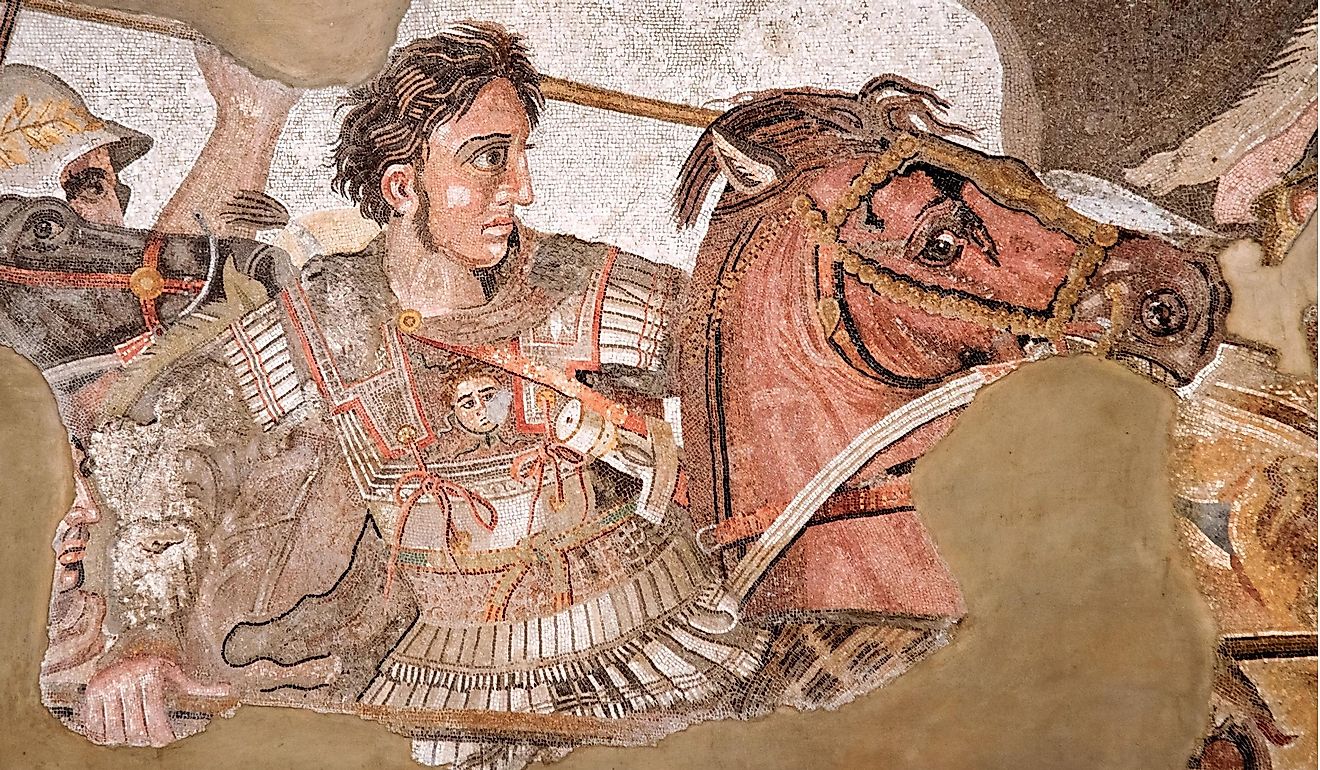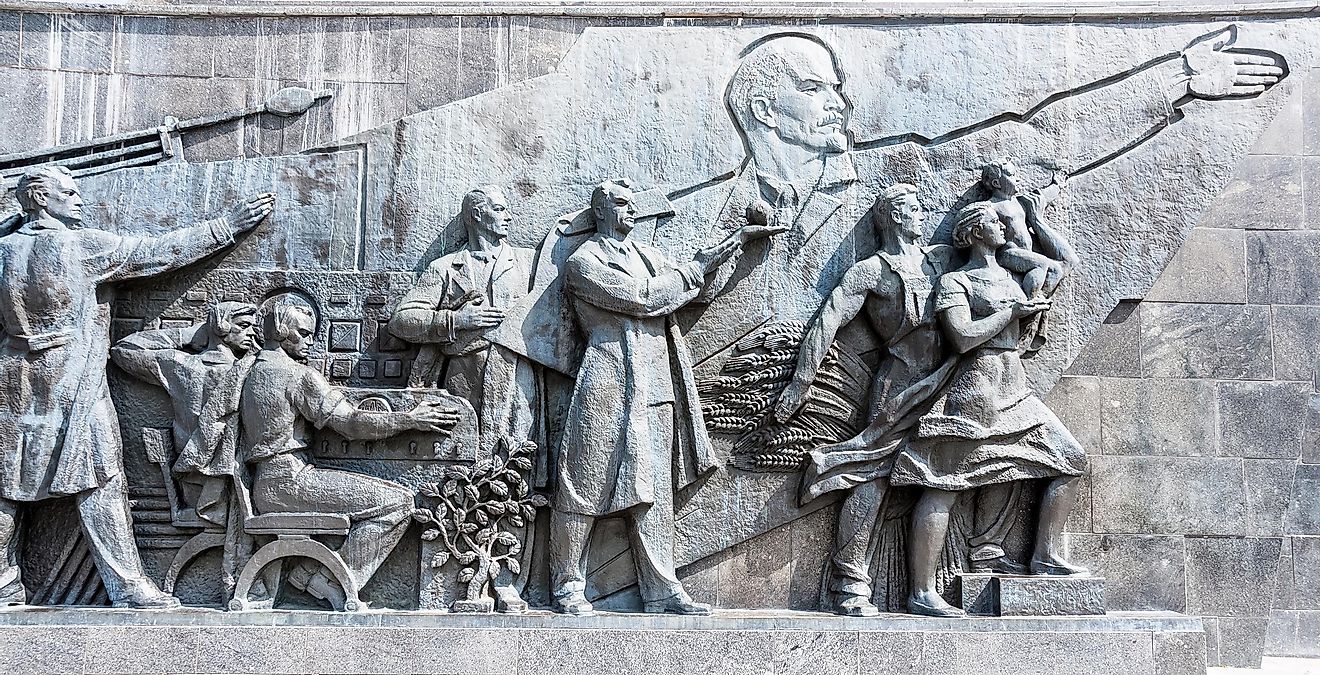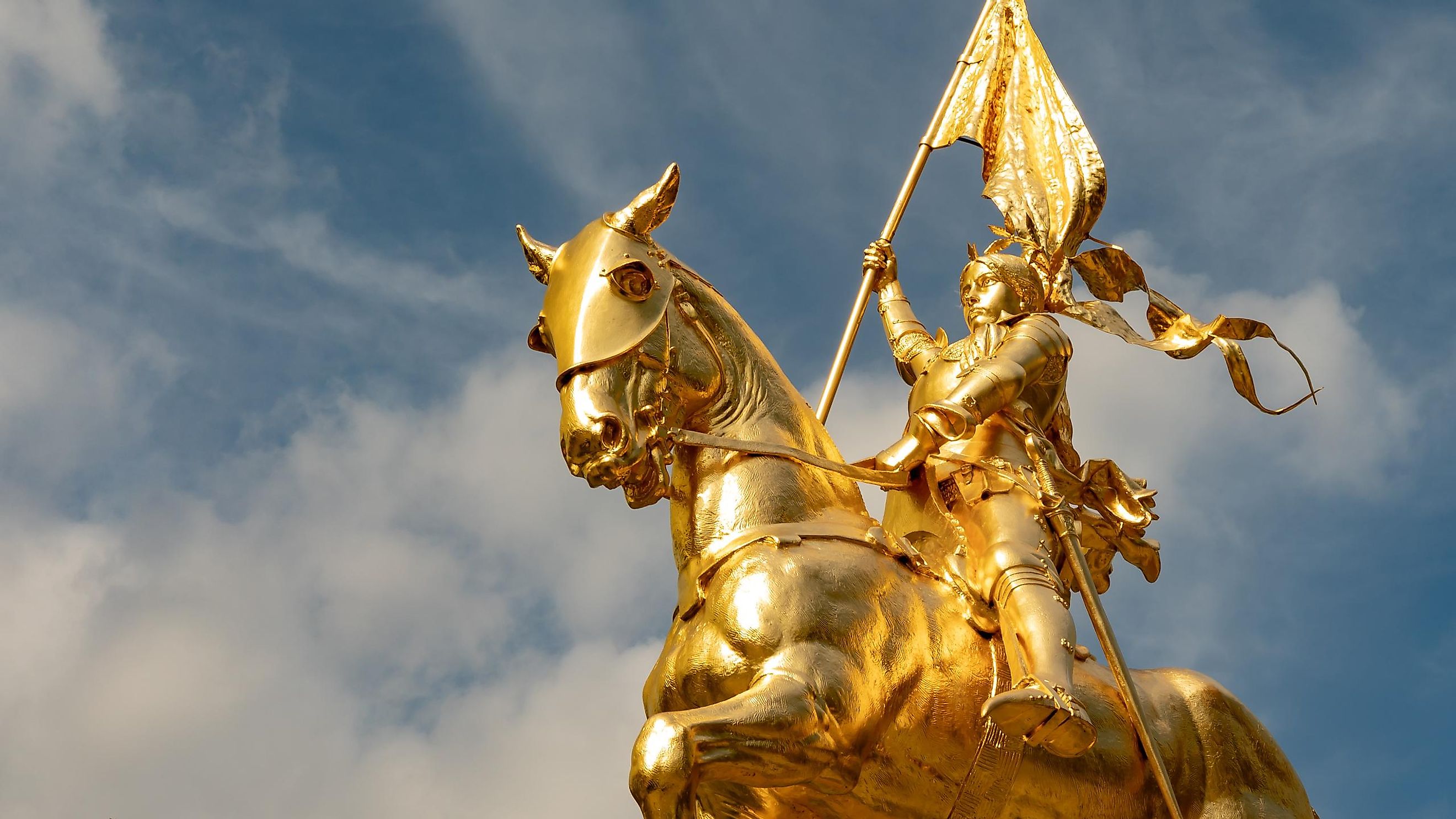
11 Medieval Warrior Women
There were many heroes and war women in the Middle Ages who defended their lands and castles and commanded forces, fighting as courageously as any man. While some let their locks fly from underneath their helmets, others dressed as men. There are also countless accounts of unnamed lady warriors who took part in battles and sieges without diligent historical records. Killing and forcing the opposing forces into retreats, they fought honorably and were victorious, but they also died at the hands of the enemy for what they believed in. These passionate Medieval ladies would rile up the entire army with their bravery, putting the men to shame and inspiring the troops with their matchless deeds.
Caterina Sforza
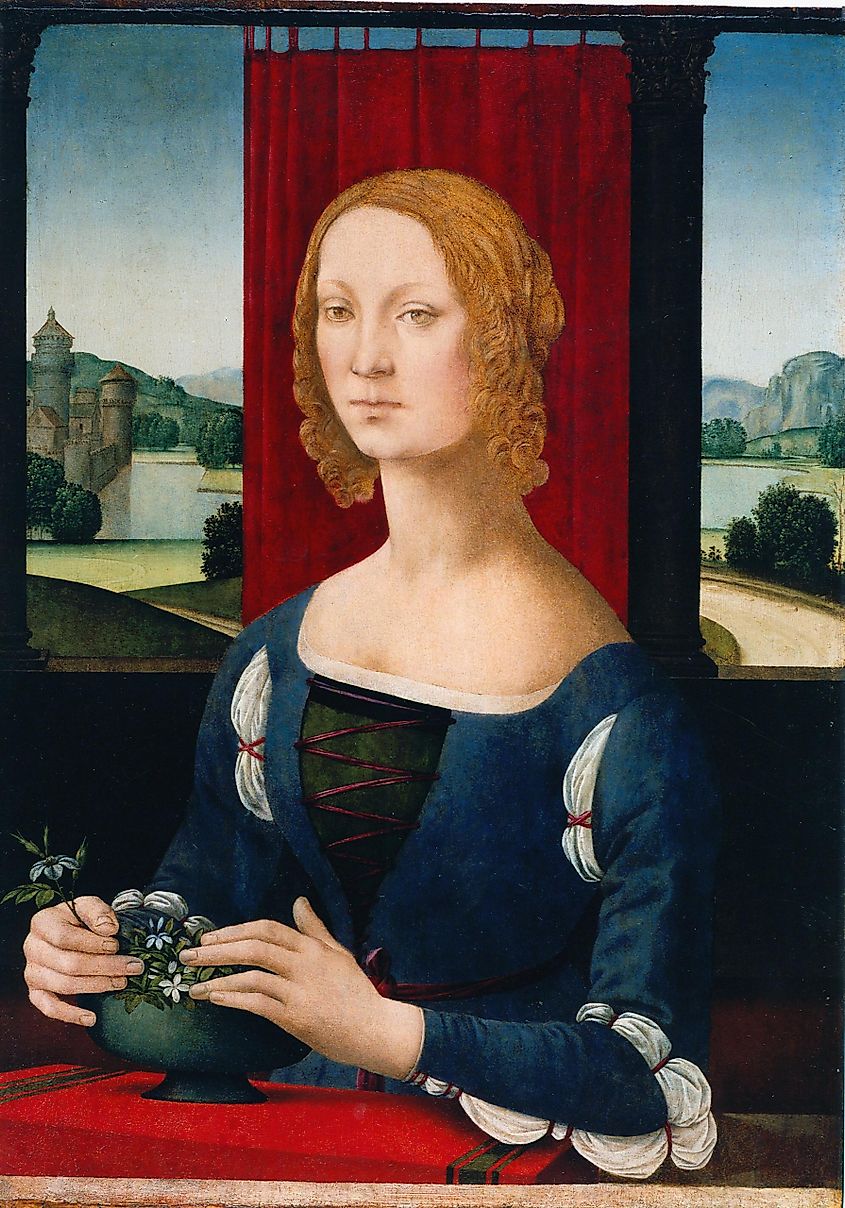
The Italian noblewoman, born in 1462/63 in Milan, Italy, and dying on May 28, 1509, in Florence, was a member of the powerful Sforza family, ruling Milan all through the second half of the 15th century and some of the early 16th century. In the late 15th century, Caterina ruled the cities of Foril and Imola in the present-day Emilia-Romagna region of northern Italy. She was a cunning, audacious, and ultra-brutal warrior and ruler, as well as well-educated and trained in fighting, horseback riding, and hunting—very unusual for other noblewomen. Her dramatic actions defined conventional norms, capabilities, and the proper behavior of others like her.
A noble and bold Italian woman of the 15th century, Caterina was heavily involved in the papal politics of the era, often taking the lead in military affairs, believing that if she lost because she was a woman, she must lose like a man. Upon defending her lands against a Venetian attack, Caterina earned the nickname "The Tiger of Forli." When, in the last year of the century, Pope Alexander VI sent his son Cesare Borgia to conquer her territory, Caterina's defense of Forli was stout, but upon getting captured, she became a trophy taken back to Rome.
Isabella Of Castile
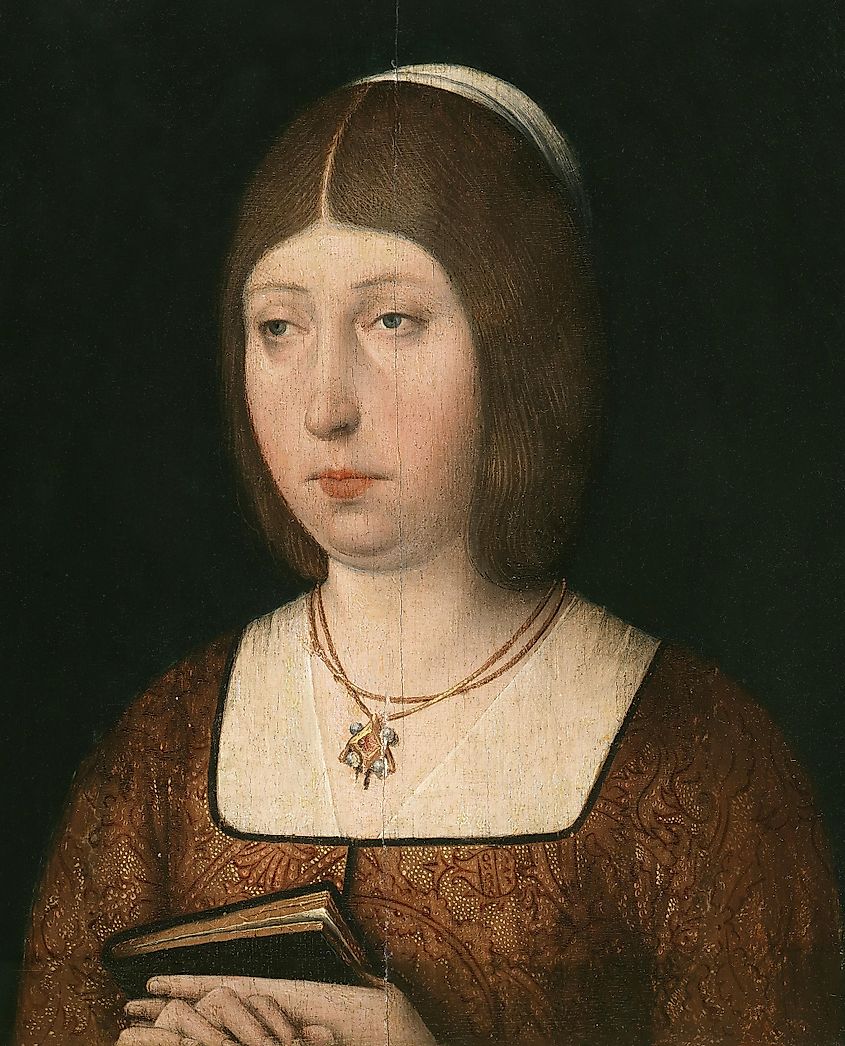
The hereditary Queen of Castile, Isabella I, married her cousin, Ferdinand II of Aragon, in 1469, which united their kingdoms, making Spain a major European power. It was the start of unification under their grandson, Holy Roman Emperor Charles V. A fabulous team, Ferdinand and Isabella, reined together splendidly, and ditto for military matters, where Ferdinand commanded on the field while Isabella oversaw the administration of the military.
When needed, Isabella came forth among her troops, rallying them up, especially in the latter stages of a siege, fully armored herself, sometimes taking personal command of armies in successful sieges. During their joint reign, the couple expanded their territories and financed Christopher Columbus' voyage in 1492, who went on to discover the Americas. Pope Alexander VI gave them the famed title of "Catholic Kings" for their feverish defense of Catholicism.
Jeanne Hachette
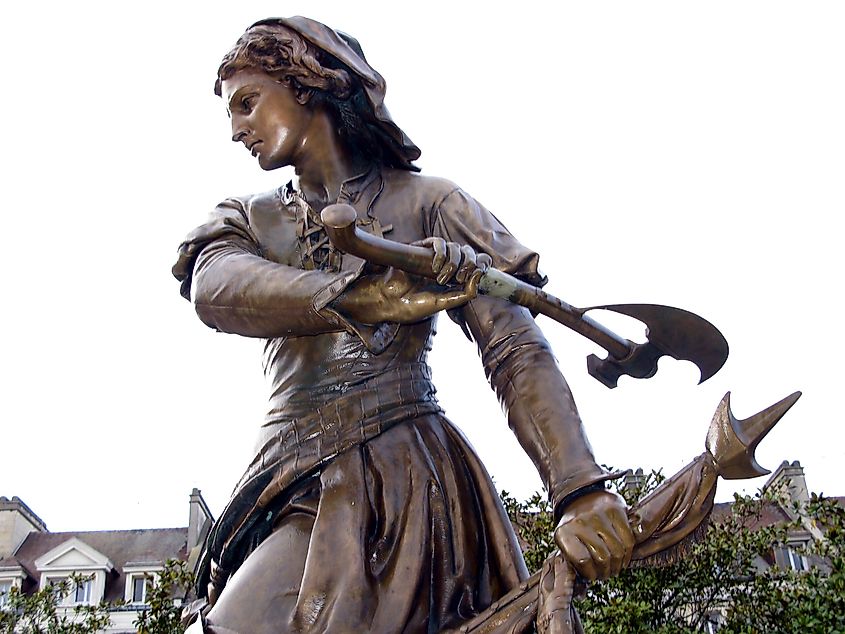
Jeanne Laisne, a Beauvais townswoman, earned her "Hachette" sobriquet after leading French armed women on June 27, 1472, with hatchets against Burgundian soldiers of Charles the Bold. After her death, an annual march honoring "Hachette" would be held annually through the next four centuries, called the Procession of the Assault. The Duke of Burgundy led an assault on Beauvais against only 300 soldiers, including citizens of Beauvais and women, under the command of Louise de Balagny, defending the town.
When the enemy attacked the town's walls and planted a flag on the battlements, the women surprised them in hand-to-hand combat, and Jeanne, armed with an axe, attacked the duke. She hurled him into the moat and tore down the flag, which rallied the faltering confidence of the soldiers, gaining herself national fame. After this, the grateful King Louis XI rewarded her for this brave act by marrying her and her chosen lover, Colin Pilon, and exempting the couple from paying taxes.
Isabel Of Conches
Born in the second half of the 11th century, Isabel of Conches was the wife of Ralph of Tosny. Many compared her to the Turnus tribe's maid, Camilla, the pride of Italy. Feuding with Helwise, the Countess of Evreux, who was just as persuasive, beautiful, and high-spirited, the ladies even dominated over their husbands. They stirred up feuds that escalated into bitter wars, and both equally terrorized their other halves in various ways but had very different personalities.
Helwise was clever and persuasive with a cruel and grasping character, whereas the generous and beloved Isabel was daring and cheerful, charming everyone who faced her. Armed as a knight and just as courageous in the wars among the knights in hauberks and sergeants-at-arms, she was a real Amazonian queen. Isabel was as passionate about war as the likes of Lampeto, Marpesia, Hippolyta, and Penthesilea, among other notable women.
Joan Of Arc
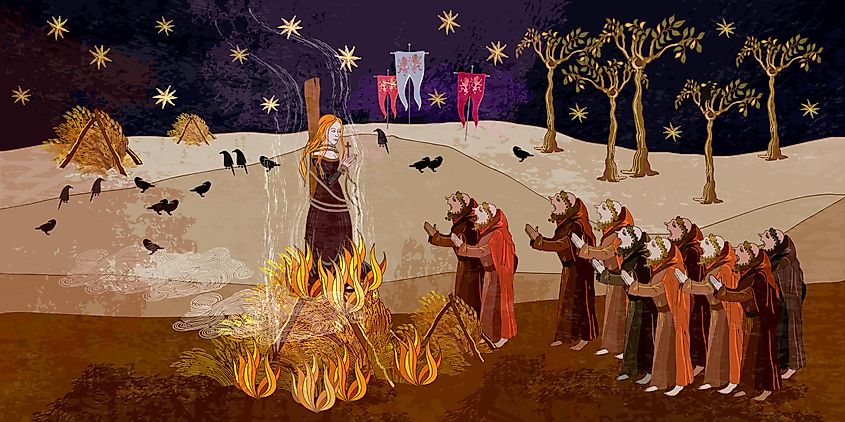
Despite being one of the most popular medieval warrior queens, Joan of Arc's military career lasted only slightly longer than a year. As a teenage peasant in the Middle Ages in the northeast of France, she would get visions from saints, pushing her to drive the English forces out of the country. When, in 1429, she convinced Charles VII of France to give her an army, she relieved the besieged city of Orleans as the first of her many victories. Joan was a courageous and talented warring leader, driving Jargeau out just a month later.
Joan was in the lead several times when the French forces were victorious in battles against the English, and she was injured only twice through her successful series of battles: with an arrow in her shoulder and a stone to the head, but her efforts were behind the crowning of Charles at Reims. Unable to retake Paris, she was eventually captured in May 1430 during a small skirmish, tried, and executed for heresy the following year. To this day, Joan of Arc is a colonized saint and a national symbol of France.
Joanna Of Flanders
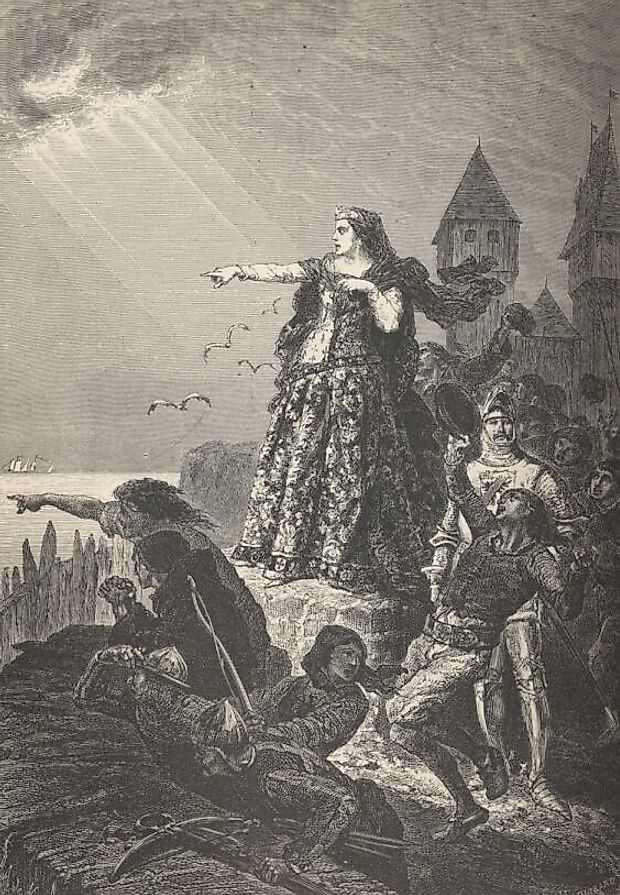
Joanna of Flanders was a brave countess who rode armed and armored on a large horse around the streets. Revved up to fight after Charles Count of Blois captured and imprisoned her husband and marched against the town in 1342, she urged everyone, particularly women, nobles, and others, to bring stones and throw them on the attackers from the walls along with pots filled with lime. Jonana played a leading role in the defense of the town and was in charge of the siege that drove 300 men out of Hennebont and burned down the enemy's camp. "Fiery Joanna" held off the besiegers almost singlehandedly until the English troops joined in and forced Charles, Count of Blois, to retreat, thus defending her town of Hennebont in Brittany.
Al-Kahina / Dihya
Al-Kahina was a warrior-queen and seer in North Africa in the 7th century CE. She led her people in the resistance against the Arab invasion and became a model for other freedom fighters forever after. Her name variations, Dihya al-Kahina, Dahlia, Daya, and Dahia-al-Kahina, translate as "the beautiful gazelle" in the Tamazight language of the Imazighen. Kahina," an Arabic title for prophetess," seer," or "witch," was destined for bigger things in life and allegedly possessed future-telling powers. Al-Kahina, a ruthless and steadfast lady warrior, got her name from her Arab enemies because of her ferocity.
The champion of the native North African Imazighen people was the daughter or possibly the niece of the Berber king Aksel (Kusaila, Caecilius, Kusiela), a famous freedom fighter with a moniker of Amazigh, which meant "the Free People" or the indigenous name of the Berbers. Kahina led numerous fights during her conflict with the Muslim Arab leader, Hasan ibn al Nu'man, and his Umayyad armies' campaign across North Africa. She was a merciful leader with her own troops, and with many victories behind her, she liberated thousands of slaves prior to her eventual defeat, dying three years after her defeat of an Arab army in the Battle of Meskiana in 698.
Lagertha
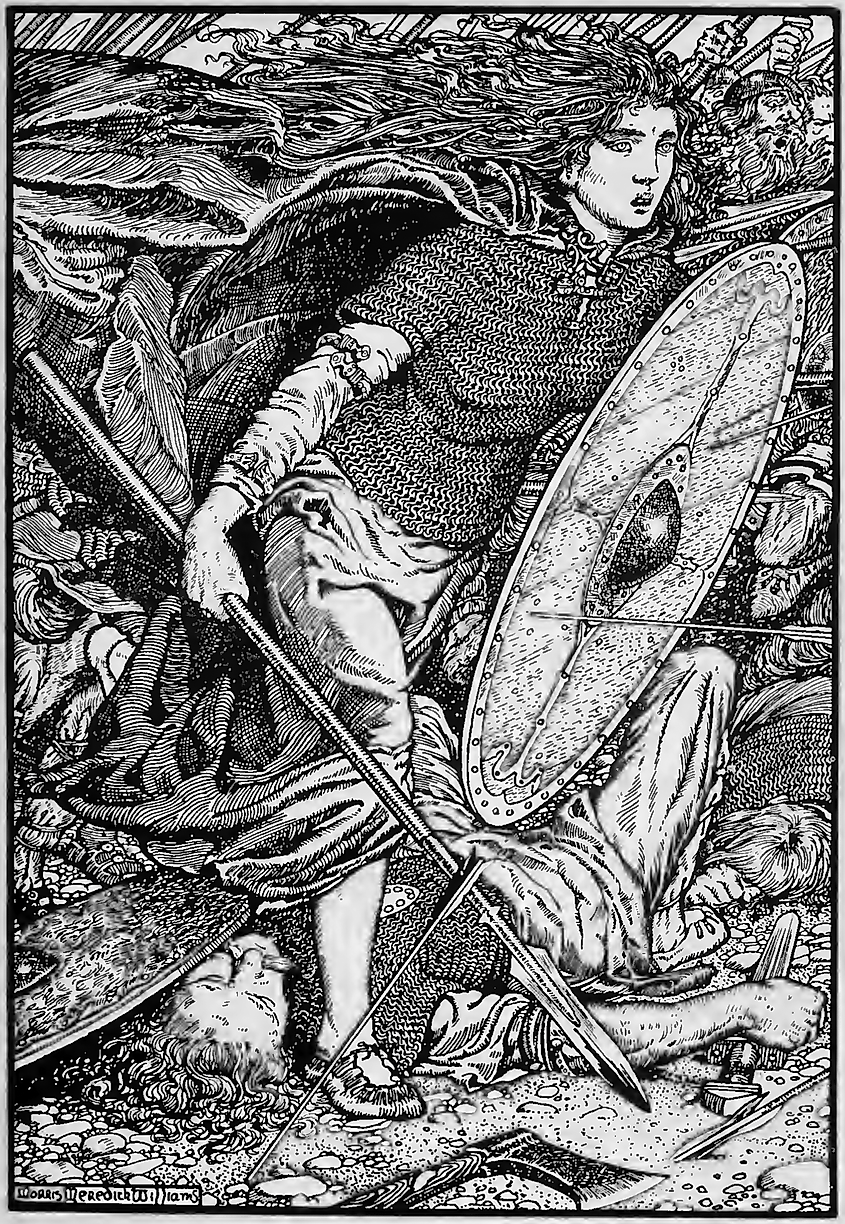
As a kinswoman of Siward, a Norwegian King, Lagertha was forced into prostitution after Siward died at the hands of the King of Sweden. Ragnar Lobrok set out to avenge the old King, Hamlet-style, but the women came forward armed in men's clothing against the Swedes, with Lagertha in the lead. Records mention that when Lodbrok went to war with the King of Sweden, a woman named Lagertha distinguished herself in a battle. Impressed, Lobrok got infatuated with Lagertha, and the couple had three children.
This skilled maiden was a real Amazon, displaying the courage of any man while fighting in front of the bravest. Lagertha fought with her hair loose over her shoulders, with her locks flying behind her—a real marvel during her matchless deeds. The couple would later fight alongside each other, while other sources also mention that Lagertha personally commandeered 120 ships in a counterattack that drove away the attacking Danish rebels.
Matilda Of Canossa
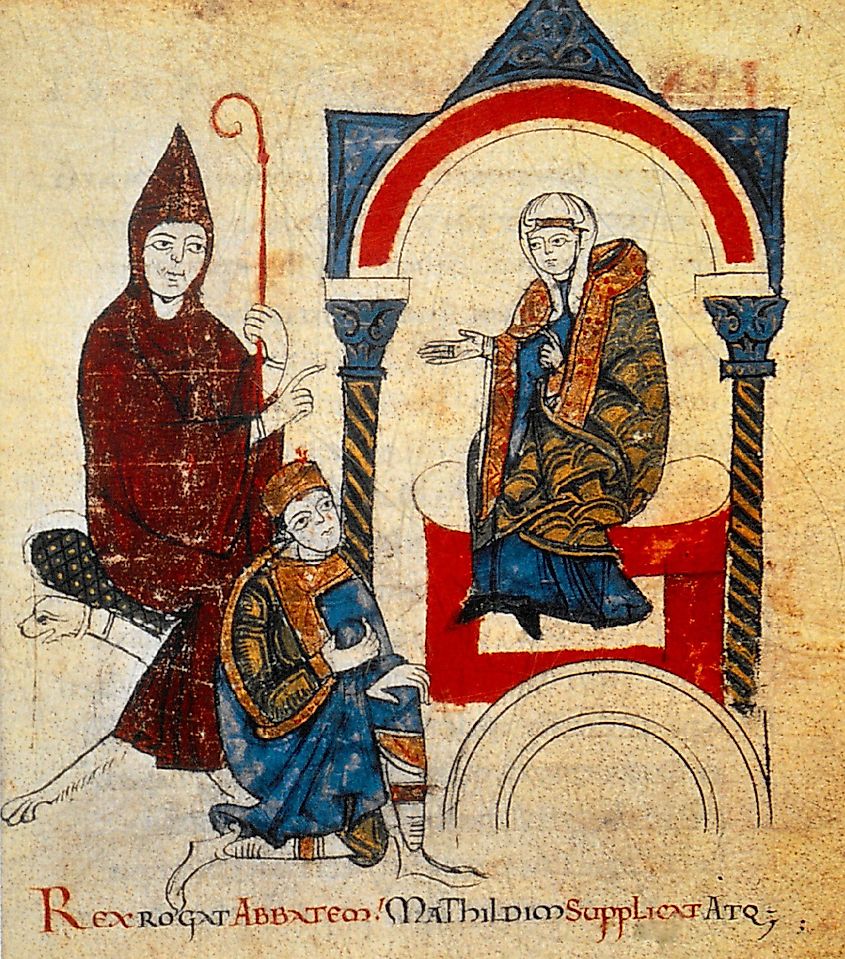
The Great Countess, perhaps representing the best account of fighting women in the Middle Ages, Matilda, was a military commander and the Countess of Tuscany. As a "major force of nature in Italy," for over 40 years, she fought for the Papacy against her main enemy, Emperor Henry IV. During her numerous commanding campaigns against him, the mighty Matilda was "brave and ever watchful, often tormenting the perverse." She was not afraid of the terribly violent battles and "endured steadfastly through thirty years, fighting day and night to quell the tempests of the kingdom." The Great Countess was brilliant and multilingual and played a key role in the investiture controversy, which was long and complicated through decades of political dynamics and military maneuvering.
Matilda convinced Pope Gregory VII to restore Emperor Henry IV to the Church when he knelt in the snow at her castle's gates three days prior. As one of the papacy's staunchest allies, she participated in all the battles, often in charge of direct contact in the field, like defending Gregory and his successor, Pope Urban II, against Henry IV and his own successors. In 1111, Emperor Henry V crowned her Imperial Vicar and Vice-Queen of Italy before her death four years later. Her remains were transferred to St. Peter's Basilica in Rome in 1645 as one of only three other honorable women to hold such honor, with the famed Bernini designing her stunning tomb.
Sichelgaita Of Salerno

Sichelgaita, heiress of Salerno, Italy, from 1025 to 1090, was the daughter of Guaimar IV, Prince of Salerno, wife to Robert Guiscard d'Hauteville, Duke of Apulia, as well as the last Lombard princess and the most privileged woman in the Duchy. She studied medicine at the local medical school, which introduced the "scientific" approach to the world of diagnosing diseases. Sichelgaita married Robert Guiscard in an arranged ceremony to create a union that would enable the Normans and Lombards to rule much of Italy. Immensely built and possessing colossal physical strength, she scarcely left her husband's side, was his close political aide, and was just as courageous in the battles. Some say that Sichelgaita was wounded with an arrow during the battle in which the Normans were victorious over the Byzantines.
She participated in sieges, often as a commander, and was largely involved in her husband's military game. Robert moved against Taranto in 1080, and Sichelgaita successfully besieged the well-fortified city of Trani, once given up to Peter I by her father Guimar in 1042. In a battle against Emperor Alexius I Comnenus in 1081, she first tried to persuade Robert and his Norman forces not to attack the Byzantine Empire but then appeared armed and nailed to the teeth alongside her husband, ready to fight. Sichelgaita also played a famous role in confronting her fellow soldiers and preventing them from fleeing. She rallied the frightened Norman soldiers during the Battle of Dyrrhachium in 1081, and when they continued to run, Sichelgaita charged with a long spear at full gallop against them, which brought them to their senses and back to the battle.
Tomoe Gozen
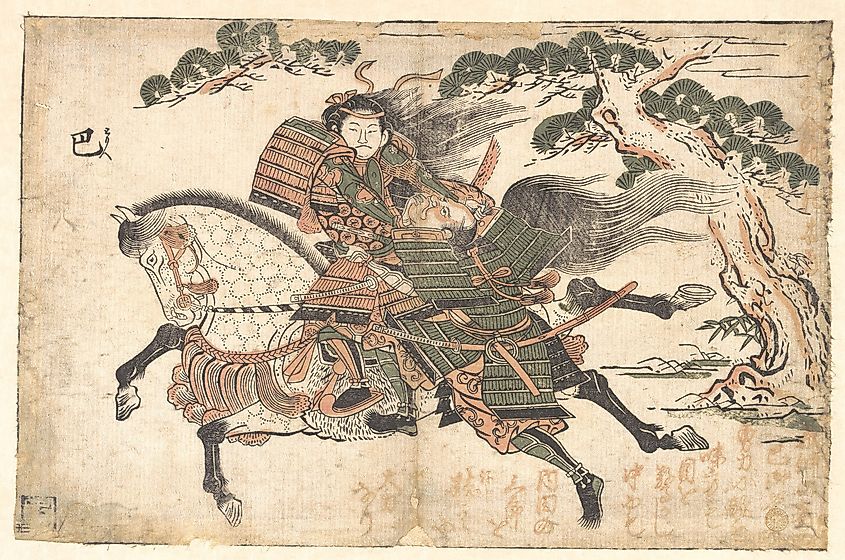
Tomoe Gozen is a legendary Japanese medieval war hero who led her armies after quickly becoming one of the Lord's most trusted military leaders. According to limited literary records, Lord Minamoto no Yoshinaka, a powerful clan general, had a wet nurse who had a daughter, Tomoe Gozen. Her powerful story, existing on the margins of history and disputed by scholars, deserves a noble mention as a tale of real loyalty and ruthlessness. Gozen was a real samurai, a member of the warrior class in Japan in the 13th century, roughly analogous to Western knights.
While Europe didn't recognize a specific class of warring women, where knighthood was solely a man's game, the Japanese tradition of onna-musha trained a few female members of the samurai class. Then, these warriors owed their allegiance to specific feudal lords but would later become a powerful ruling class on their own. The women learned weapon handling and joined the men in battles, while "gozen" was a title reserved for honorable women. Tomoe, likely a nickname, which means "patterned," refers to her armor.
These women were indefinitely smart, provocative, and resourceful while thriving rather than surviving in the patriarchal medieval ages. All deserving more credit than the historical accounts give them, the Medieval women became agents of their own destinies by going after what they desired, regardless of the risk of failing or even death. Many fought alongside their other halves, wrestling power from a broken system, fighting for justice, and saving the lives of many. These fiery and fearless warriors were real war heroes and models for future freedom.



